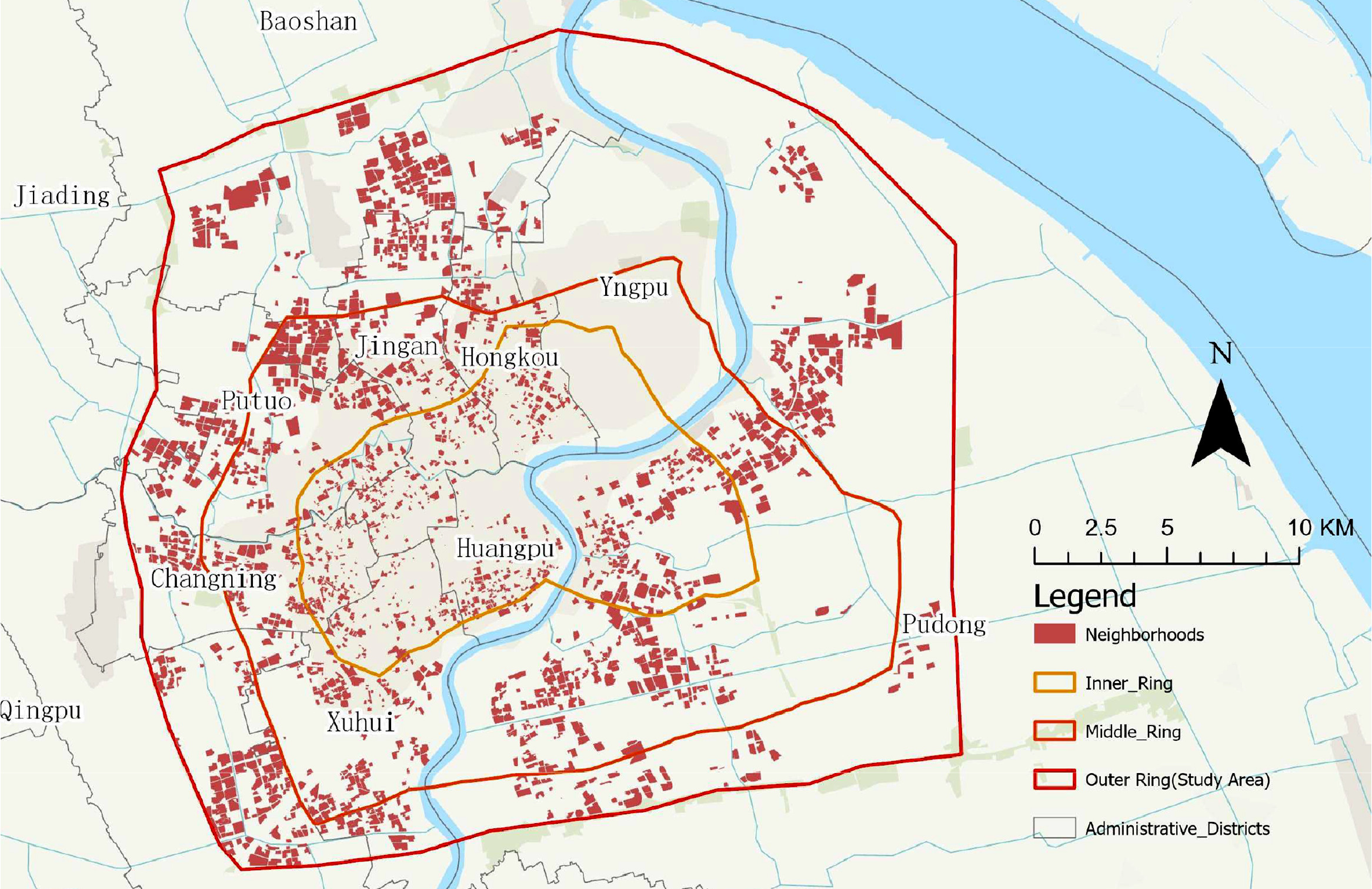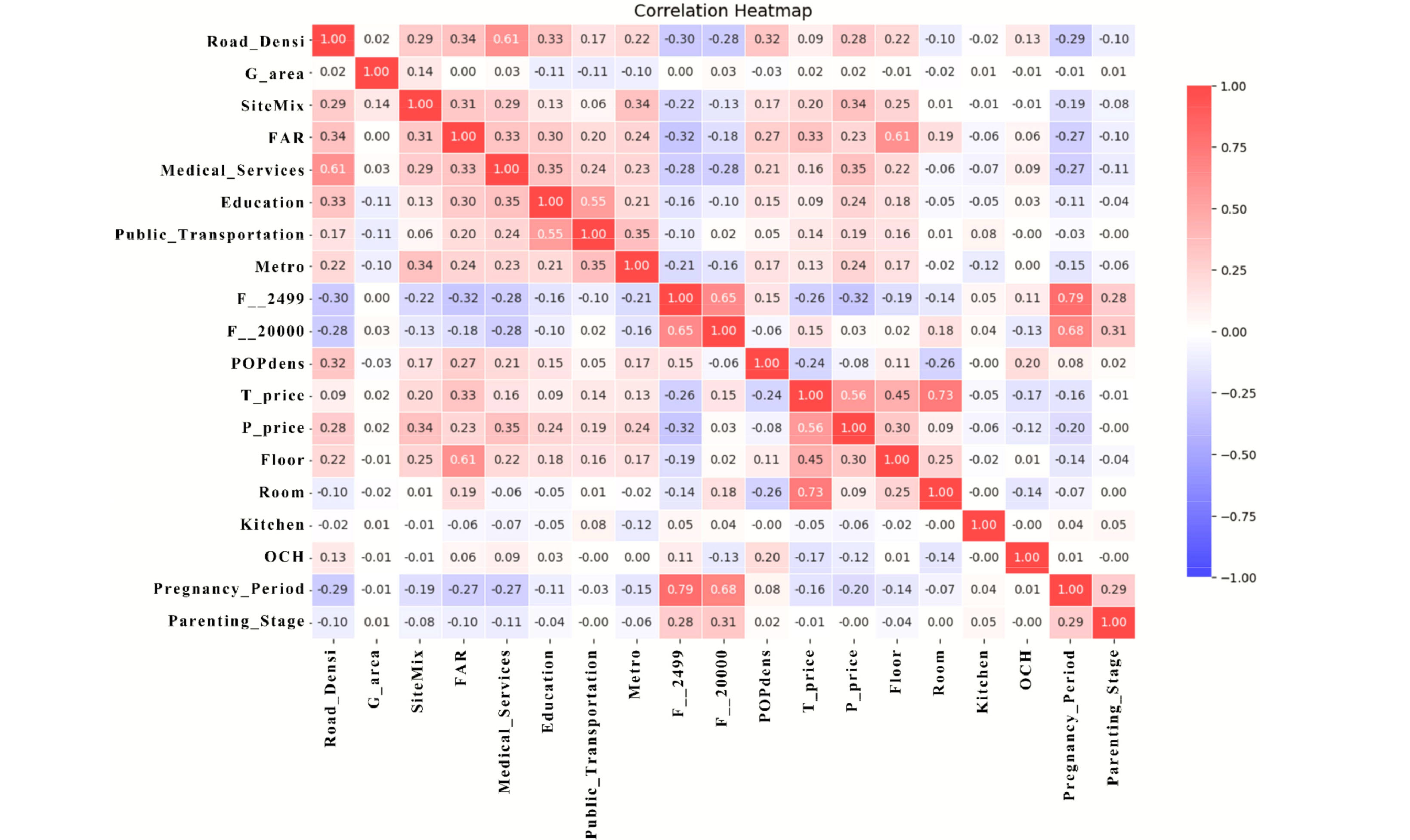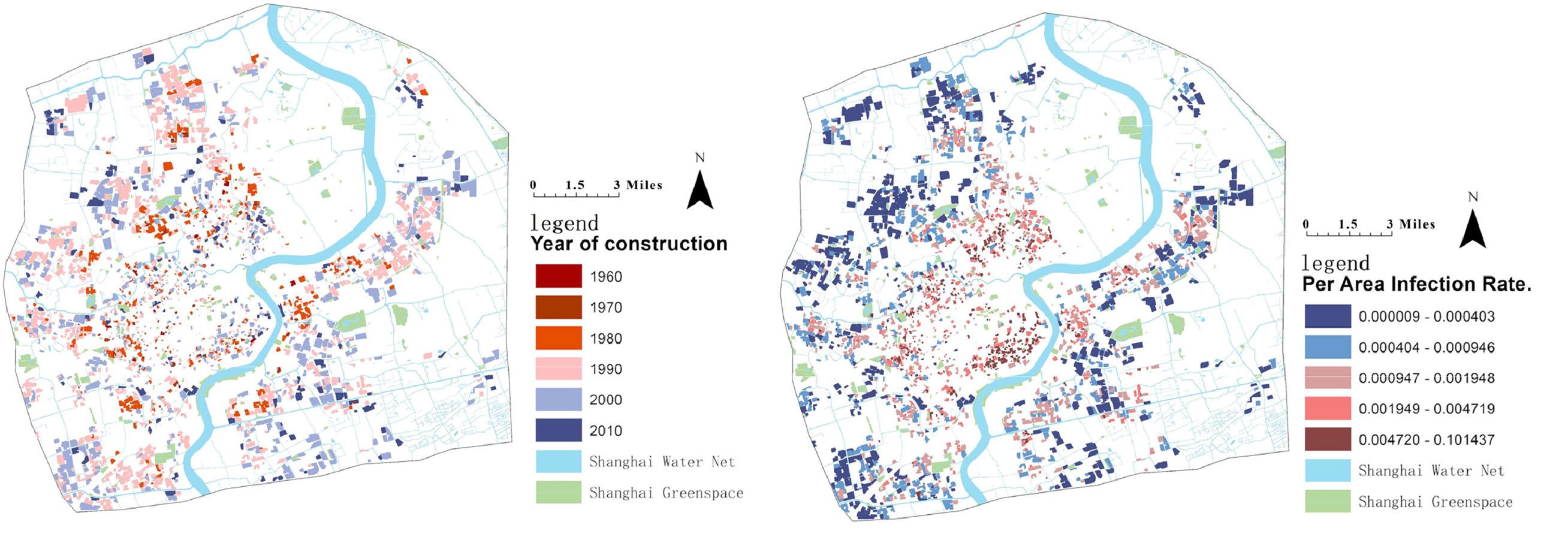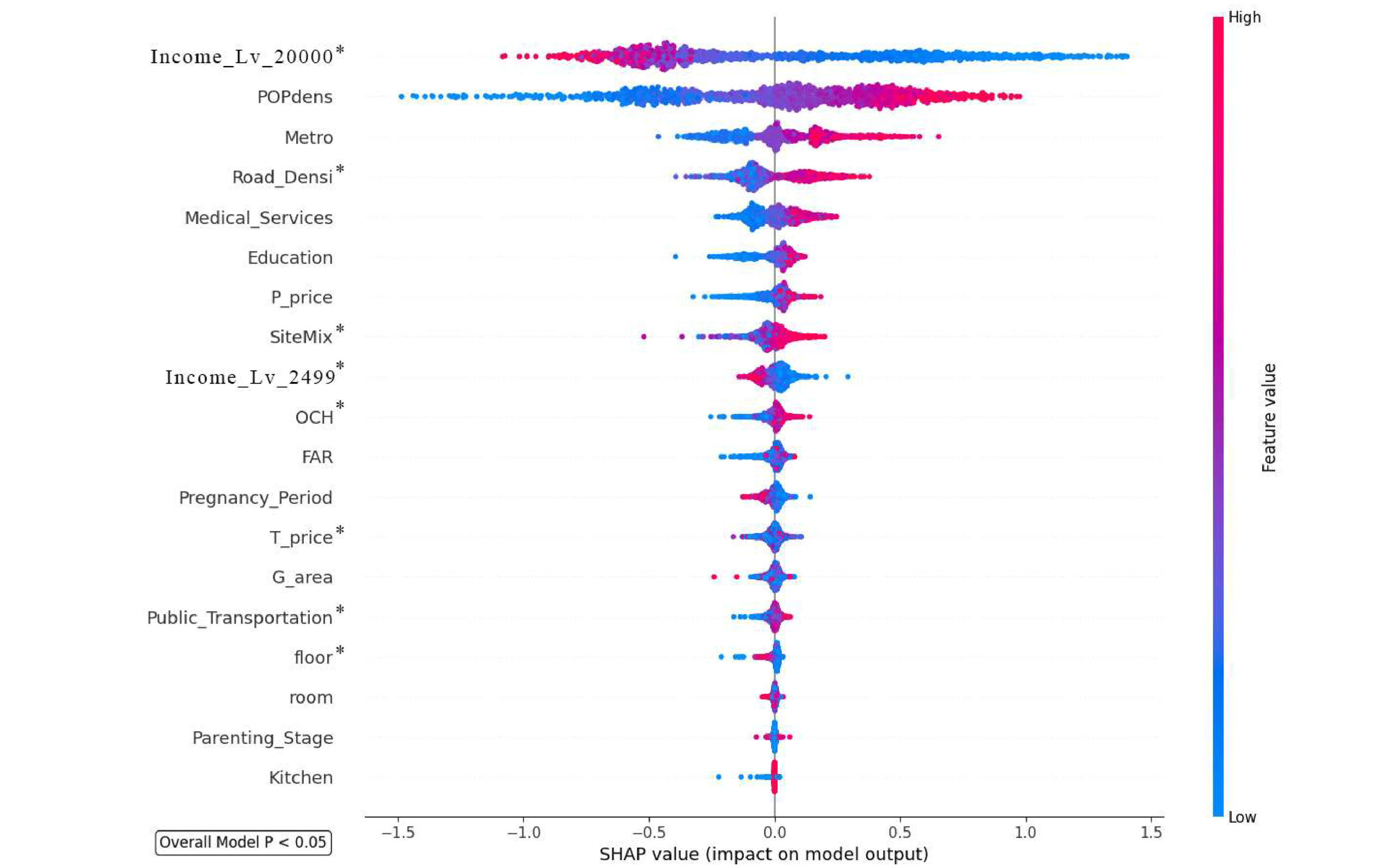Neighborhoods Renewal Implications for the Post-Pandemic Era: A Study of COVID-19 Infections in Central Shanghai, China
后疫情时代的城市住区更新:以上海中心城区新冠感染情况为例
Keywords
Older neighborhood, Post-pandemic, Urban renewal, Community resilience
老旧小区,后疫情,城市更新,社区韧性
Highlights
• Higher Covid-19 infection rates were observed in older Shanghai neighborhoods.
• 上海老旧社区的新冠感染率较高。
• 研究表明,社会经济因素和建成环境因素与新冠疫情的发生率高度相关,尤其是道路网络密度和高收入人群的数量。 • Neighborhoods along the river had higher infection rates.
• 沿河社区的感染率较高。 • This study effectively guides the renewal of old neighborhoods in Shanghai and beyond.
• 本研究为上海及其他地区的老旧社区更新提供了有效指导。
Introduction
Since the onset of the Coronavirus Disease 2019 (COVID-19), urban older neighborhoods have faced increased vulnerability, prompting research into neighborhood renewal and resilience. However, research on COVID-19 infection and influencing factors in China's older neighborhoods remains relatively scarce. This study analyzed COVID-19 infections in central Shanghai to identify neighborhood-level factors affecting transmission.
自2019冠状病毒病(COVID-19)爆发以来,城市老旧社区的脆弱性加剧,促使人们开始研究社区更新与韧性。然而,关于中国老旧社区COVID-19感染及其影响因素的研究相对稀缺。本研究以上海中心城区为例,分析COVID-19感染情况,旨在探讨影响传播的社区层面因素。
Using principal component analysis (PCA) and person correlation coefficients (PCC) to process the data, we established multiple linear regression (MLR) and geographically weighted regression models (GWR). To explore nonlinear relationships, we incorporated the random forest method (RF). Results indicated that older neighborhoods had higher infection rates compared to newer ones. Socioeconomic and built environment factors significantly influenced infection rates. Specifically, higher population density, road network density, and the number of subway stations were positively correlated with increased infection rates. RF analysis revealed a complex, nonlinear relationship between the number of high-income residents and infection rates.
通过主成分分析(PCA)和皮尔逊相关系数(PCC)处理数据,建立了多元线性回归(MLR)和地理加权回归(GWR)模型。为探索非线性关系,还引入了随机森林方法(RF)。结果表明,与新社区相比,老旧社区的感染率更高。社会经济和建成环境因素显著影响了感染率,特别是人口密度、道路网络密度及地铁站数量与感染率呈正相关。随机森林分析揭示,高收入居民数量与感染率之间存在复杂的非线性关系。
This study integrates built environment, socioeconomic, and population characteristics factors using multiple modeling approaches to better understand their impact on infection rates. It also introduces research on mainland Chinese cities as case studies, offering valuable insights for updating older urban neighborhoods to enhance community resilience. However, the study did not fully consider the impact of policies at the time, and its findings are primarily applicable to older neighborhoods in cities similar to Shanghai. Future research should examine the effectiveness of various intervention policies, the long-term effects of neighborhood renewal on community resilience, and the applicability of these findings to other urban environments.
本研究通过多种建模方法,综合分析建成环境、社会经济及人口特征对感染率的影响,为理解老旧城市社区的更新与韧性提供了新的视角。研究以中国大陆城市为案例,提出了更新老旧城市社区以增强社区韧性的见解。然而,本研究未充分考虑政策因素的影响,其结论主要适用于与上海类似的老旧社区。未来研究应关注不同干预政策的效果、社区更新对长期韧性的影响,以及研究结果在其他城市环境中的适用性。
Publication
Poui Chong, Chao Liu, Wengin Chung. (2025).
Neighborhoods renewal implications for the post-pandemic era: A study of COVID-19 infections in Central Shanghai, China.
Building and Environment.
https://doi.org/10.1016/j.buildenv.2024.112330



